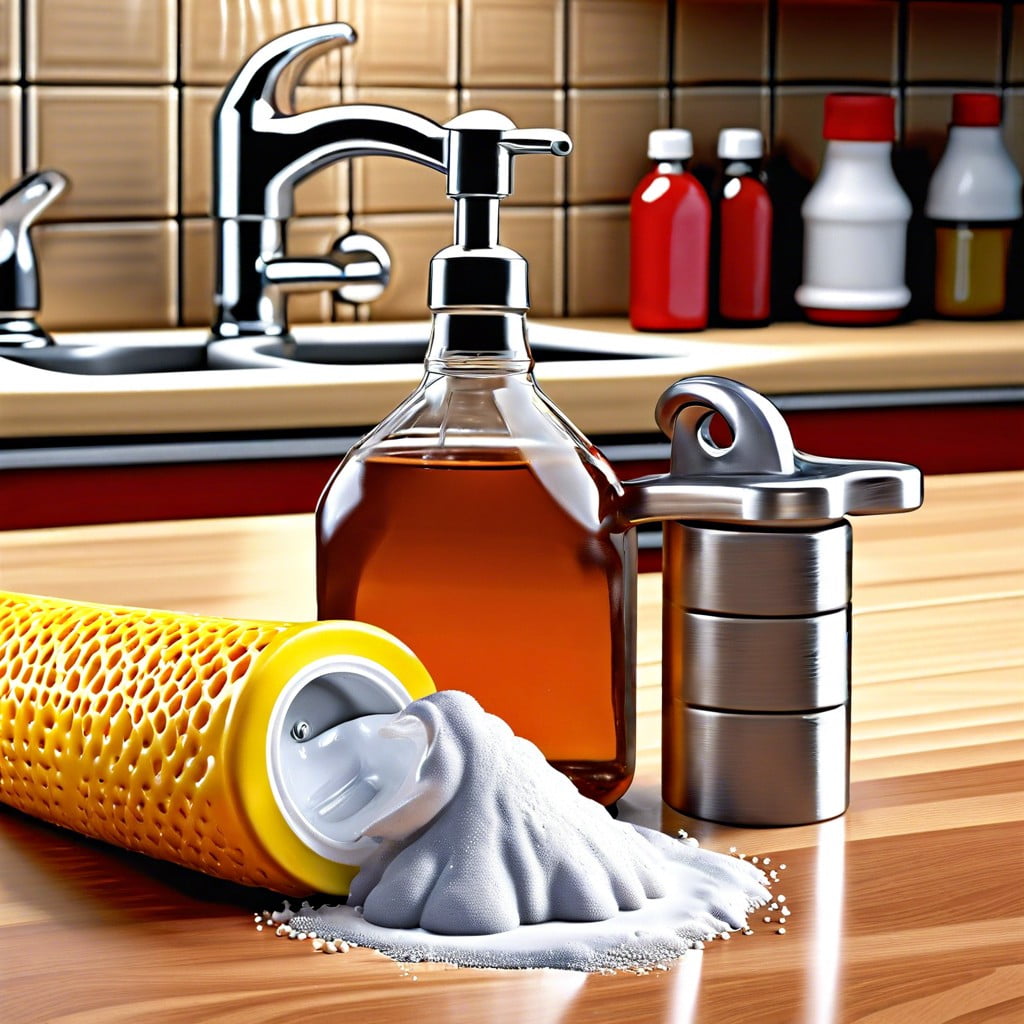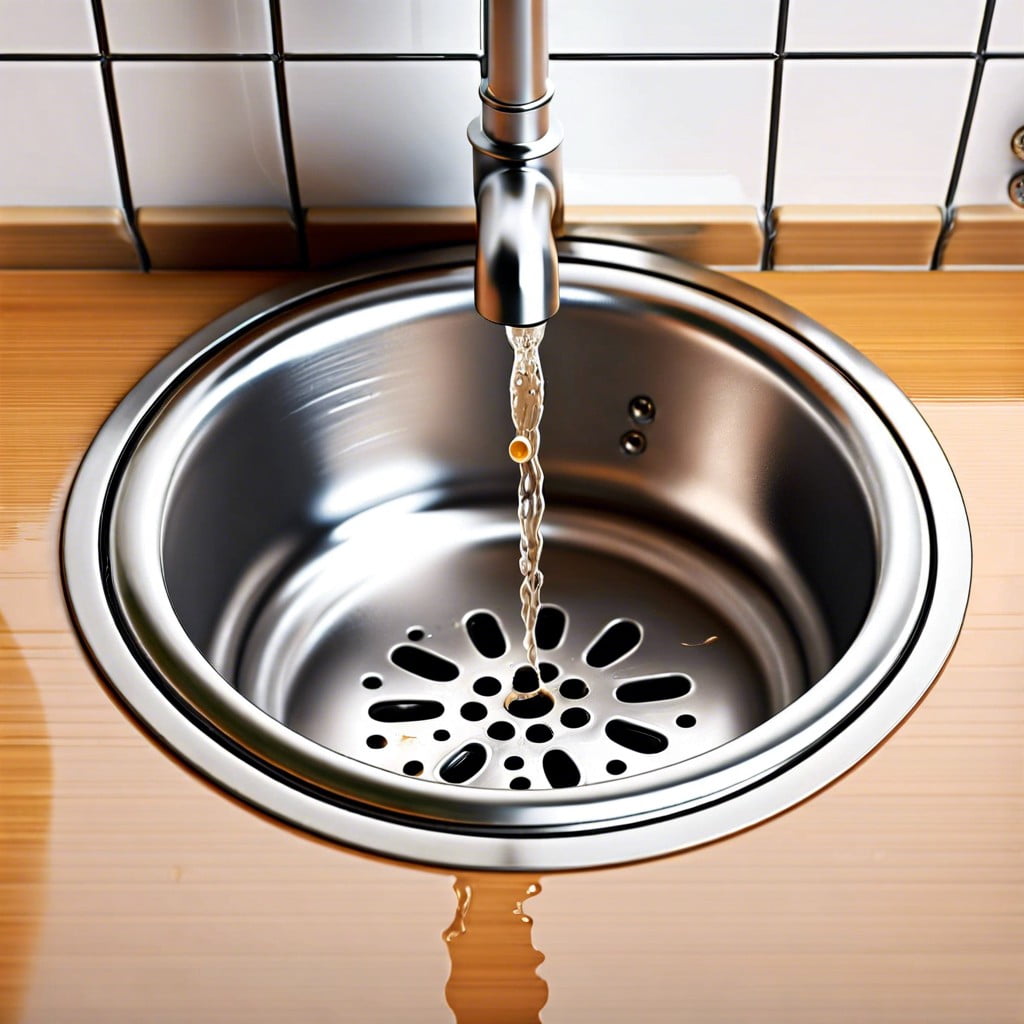Last updated on
Discover natural methods to effectively eliminate silverfish from your home.
Key takeaways:
- Dehumidify your space to create an inhospitable environment for silverfish.
- Seal food airtight to deny silverfish access to their preferred food sources.
- Use natural repellents like cedar, lavender oil, and spices to deter silverfish.
- Utilize diatomaceous earth as a non-toxic and effective silverfish killer.
- Set up traps, like jar traps or sticky traps, to catch silverfish.
Dehumidify Your Space

Silverfish thrive in damp environments, making moisture control crucial in deterring these pests. Reducing the humidity levels in your bathroom, kitchen, and other susceptible areas can create an inhospitable environment for silverfish.
Consider investing in a good-quality dehumidifier, especially if you live in a naturally humid climate. It’s an effective way to maintain a drier atmosphere inside your home. Aim for a relative humidity level of around 50% which is uncomfortable for silverfish and can prevent their population from growing.
Additionally, repairing any leaky pipes and faucets can help reduce excess moisture. Ensure proper ventilation in humid areas such as the bathroom and kitchen by using exhaust fans or opening windows to allow air circulation. Regularly airing out your home also makes a difference as it reduces the stagnant air that can harbor moisture and silverfish.
By keeping your space less inviting to these pests, they’re more likely to move on to more favorable conditions elsewhere. This natural approach not only deters silverfish but also can improve the overall air quality in your home.
Seal Food Airtight
Silverfish are notorious for their love of starches and sugars, which means your pantry could be their next feast. To discourage these pests, ensure all food items, particularly grains, flour, and cereals, are stored in air-tight containers. This simple step not only preserves the freshness of your food but also denies silverfish access to their preferred food sources.
Investing in quality containers with secure seals can make a significant difference. Consider materials like glass or heavy-duty plastic that do not allow air or pests to infiltrate. By removing the food source, you create an environment that’s less attractive to silverfish, ultimately pushing them to look elsewhere.
Regularly clean pantry shelves and wipe up crumbs and spills immediately. A vigilant approach to cleanliness reduces the risk of attracting silverfish and other pests, safeguarding your home against unwanted visitors. Remember, your goal is to cut off all potential food supplies to ensure these creatures move on.
Use Natural Repellents
Cedar, a woody, sweet scent to us, acts like an olfactory wall against silverfish. These insects detest the smell, offering us a fragrant and effective repellent. Place cedar shavings, blocks, or balls in your closets, drawers, and bookshelves to create a barrier that smells lovely to humans but is a no-go zone for silverfish.
Lavender oil not only provides a calming aroma but also serves as an insect deterrent. A few drops on a cotton ball can transform it into a powerful tool in the fight against these pests. Dot them around your bathroom, pantry, and any other silverfish hotspots for a natural defense mechanism that is pleasant to the nose.
Spices like cinnamon and cloves possess a potent scent that silverfish find off-putting. Consider filling small sachets with these spices and tucking them into corners, shelves, and cupboards. It’s a culinary twist to pest control, both resourceful and aesthetically pleasing.
Remember that these natural repellents require regular replacement or reapplication to remain effective against silverfish. Consistency is key in ensuring these critters find your home less inviting.
Diatomaceous Earth
Harnessing the power of diatomaceous earth is a surefire approach to tackle a silverfish infestation head-on. This natural substance is nothing less than a stealthy assassin to these pests. It’s made from fossilized aquatic organisms, whose skeletons are composed of a natural substance called silica.
When silverfish come into contact with diatomaceous earth, it acts like microscopic razor blades to their exoskeleton. This not only causes them to dehydrate but also leads to their eventual demise. A thin layer sprinkled around problem areas becomes a formidable barrier they can’t cross without consequences.
The beauty of diatomaceous earth lies in its non-toxic nature for humans and pets, ensuring a safe environment for everyone but the silverfish. Just remember to opt for the food-grade version to maintain a healthy and eco-friendly home.
Set Up Traps
Deploying traps is a shrewd maneuver in the battle against silverfish. Jar traps are a simple yet effective method; just wrap the outside of glass jars with tape to allow the pests to climb up and into them, then watch as they become trapped by the jar’s slippery inner surface. Sticky traps can also be set along baseboards and in corners, acting as a sentinel that never sleeps, catching silverfish that wander onto their adhesive surfaces.
Moreover, consider crafting a homemade trap with starchy food as bait, like a piece of bread, which you can place in a container covered with plastic wrap poked with tiny holes. Curiosity and hunger lead silverfish into the container where they’re then caught. Another approach requires a newspaper: roll one up, moisten it, and leave it as a tempting dwelling overnight. Come morning, dispose of the ‘silverfish hotel’ in a sealed bag.
Remember consistency and diligence with traps yield results, not just for catching, but also for monitoring the level of your silverfish problem.
Recap




